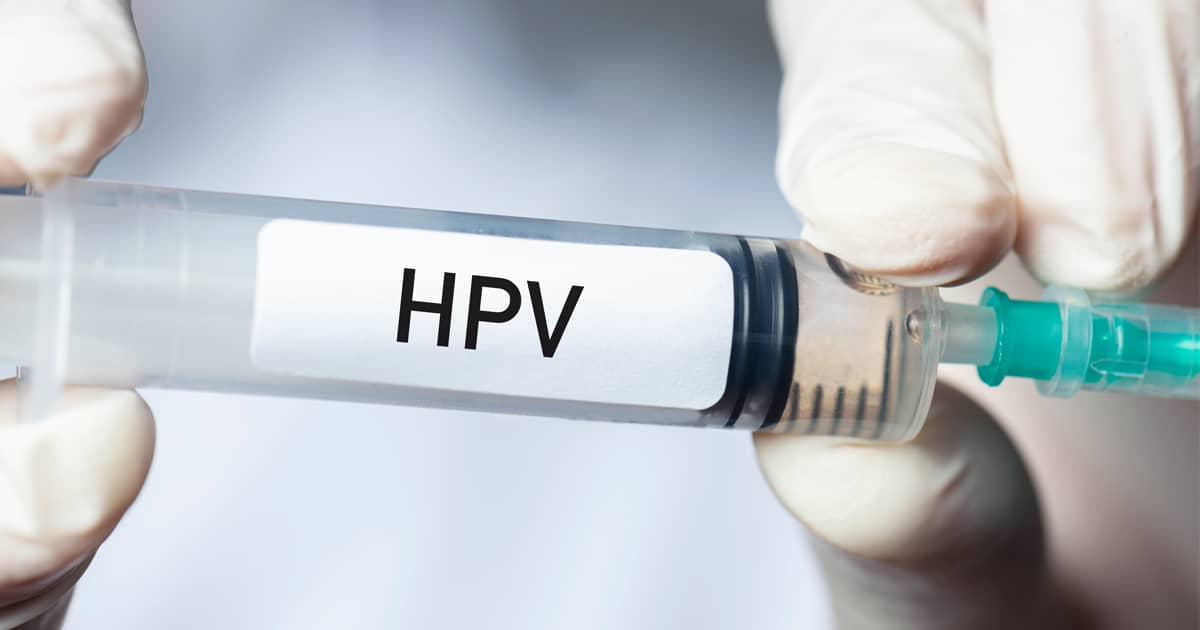When sexually transmitted diseases (STDs) come to mind, few people think about a human papillomavirus (HPV) infection. At the same time, this is one of the most widespread conditions that can have serious consequences.
Learning more about the virus and the risks linked to getting it can help you make adequate decisions about prevention and your health.
Key Facts about HPV
The human papillomavirus family actually consists of more than 100 viruses. They are spread through sexual contact but most of them wouldn’t cause serious health issues. In some instances, the virus can cause genital warts. The high risk strands of HPV are the main cause of cervical cancer.
Most people who get HPV will not develop symptoms. In fact, the immune system is fully capable of supressing the virus and making it inactive in a couple of years. If the immune response is weakened for some reason, however, HPV can come back and cause issues.
Luckily, an HPV vaccine is already in existence and its effectiveness is well-established. In the US and other parts of the world, administration of the vaccine at the ages of 11 and 12 is recommended. The HPV vaccine is typically administered to both boys and girls. This way, the spread of the virus is prevented, reducing the risk of cancer development later on in life.
HPV Statistics: How Widespread Is It?
According to the World Health Organization (WHO), cervical cancer is the fourth most common type of cancer among women across the world. The vast majority of cervical cancer cases (about 70 per cent) is caused by two HPV strands – HPV 16 and 18. These are the most high risk viruses and they can also cause cancer of the vulva, vagina, anus and penis. Exposure to these viruses also increases the risk of throat cancer (through oral contact).
Cervical cancer represents 7.5 per cent of all female cancer deaths. The good news is that it develops fairly slowly. In a woman with a normally functioning immune system, high risk HPV may cause cancer in about 15 to 20 years. This is why annual screening and PAP smears are both very important to spot cervical changes early on and undertake preventative measures.
Estimates suggest that approximately 80 per cent of the sexually active men and women across the world will acquire some form of HPV by the age of 45. In most cases, these infections will be transient and the immune system will supress the virus effortlessly.
Statistics suggest that in women, 90 per cent of the HPV infections will clear in about two to three years. That means only 10 per cent of the cases could progress and contribute to more serious issues like the development of pre-cancer lesions on the cervix.
Analysis of different studies shows that currently, about 12 per cent of the world’s female population has an active HPV infection. The detection of such active cervical infections varies significantly by location, demographic profile and age. HPV infections are incredibly age-dependent, most of them being recorded within the first year of a woman becoming sexually active.
Long-term patterns of sexual behaviour are also predictive of the spread of HPV.
Improvements in screening technology and the development of vaccines are the two highly positive factors that have helped counter the negative statistics. The first HPV vaccine was approved in 2006 and since then, it has contributed to a dramatic reduction in HPV infections. This is especially true for countries that have well-developed HPV vaccination programs targeting large segments of the young population.
What Can I Do to Protect Myself from HPV?
Regardless of the fact that HPV infections will most often resolve on their own, it’s important to take personal responsibility and adopt a couple of key sexual health habits.
Young individuals who aren’t sexually active yet (and those aged up to 26) should consider getting the HPV vaccine. It’s readily available in Singapore like Gardasil, Cervarix and Gardasil-9 and studies show that the most popular vaccine types reduce the spread of HPV by 86 per cent among teenage women and by 71 per cent among women in their early 20s.
Anyone who’s older should talk to a physician and discuss the possibility of getting vaccinated. In some instances, the HPV vaccine would be recommended in older adults and it will still deliver some degree of protection.
For all other women, regular cervical cancer screening is a must.
The best way to detect abnormal cervical changes is a PAP smear. Women aged 21 to 29 who have a normal result need to repeat the exam every three years. Women over the age of 30 could also get tested for HPV. The test will detect the presence of the virus and it will also determine the strand. Those who are infected with one of the high risk varieties may want to consider cervical cancer screening two times per year.
PAP smears should continue throughout a woman’s life, up to the age of 65 or so. At that age, a woman who has had two normal PAP smears over the past few years can discontinue the screening.
If you have questions about HPV, transmission and the prevention of the viral infection, you can contact Shim Clinic or pay us a visit during working hours every day of the week. The clinical team will be more than happy to guide you through your options and help you choose the HPV prevention and screening methods that make the most sense.

